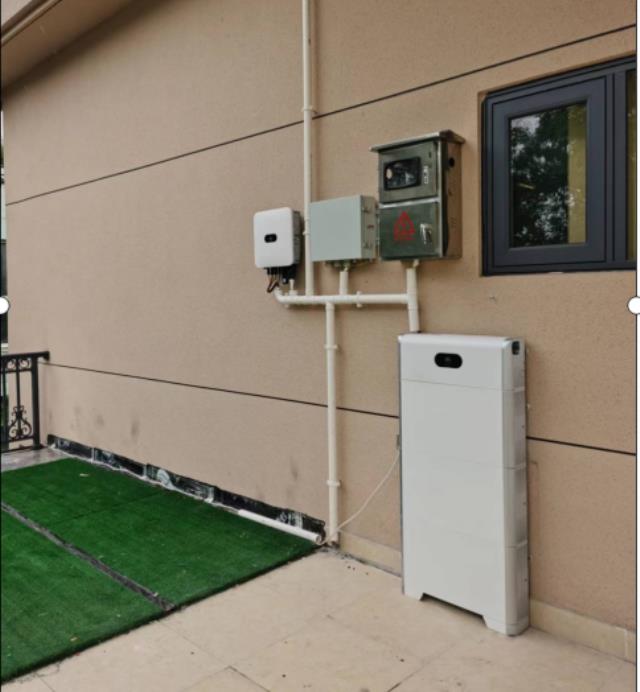
Home Energy Storage Systems (HESS) have become increasingly popular as homeowners seek reliable and sustainable energy solutions. These systems allow users to store excess energy generated from renewable sources, such as solar panels, ensuring energy availability during peak hours or when traditional grids fail. As energy costs continue to rise, understanding the design solutions for HESS is crucial for homeowners aiming to optimize efficiency and sustainability.
The core component of any HESS is its battery technology. Lithium-ion batteries are currently the most popular choice due to their high energy density, long cycle life, and decreasing costs. However, alternatives like lead-acid, flow batteries, and new emerging technologies, such as solid-state batteries, are also gaining traction. Each technology has its pros and cons in terms of lifespan, efficiency, and environmental impact, so selecting the right battery is a fundamental part of the design process.
Proper sizing of the energy storage system is essential to meet the energy demands of a household. Factors such as the home’s average energy consumption, peak usage times, and the capacity of the renewable energy systems should all be considered. A well-designed HESS not only accommodates current energy needs but also has the flexibility to adapt to future growth in consumption or energy generation capacity. Utilizing software tools for accurate modelling can greatly aid in achieving optimal configuration.
To maximize efficiency and cost savings, HESS should be designed to work seamlessly with renewable energy systems, such as solar or wind power. Proper integration allows for the storage of excess energy generated during peak production times, which can then be utilized during periods of low generation. This harmony between energy generation and storage not only promotes self-sufficiency but also supports grid stability and resilience.
Incorporating smart energy management systems within an HESS design enables homeowners to monitor, control, and optimize energy usage effectively. These systems can automate energy distribution based on real-time data, ensuring that energy is used when it's most cost-effective. Features such as demand response capabilities allow for enhanced energy savings and stress reduction on local grid systems, positioning HESS as a critical player in smart home technology.
As technology advances, the prospects for Home Energy Storage Systems continue to grow. Innovative design solutions paired with an understanding of energy needs and smart technology integration ensure that homeowners can benefit from sustainable and efficient energy solutions. By exploring these design options, homeowners can not only achieve energy independence but also play a pivotal role in shaping a more sustainable future for all.
Next:What Are the Home Energy Storage Products
Previous:Principles for Building an Effective Battery Energy Storage System